“PV+ Railroad Tracks”! Can you imagine?
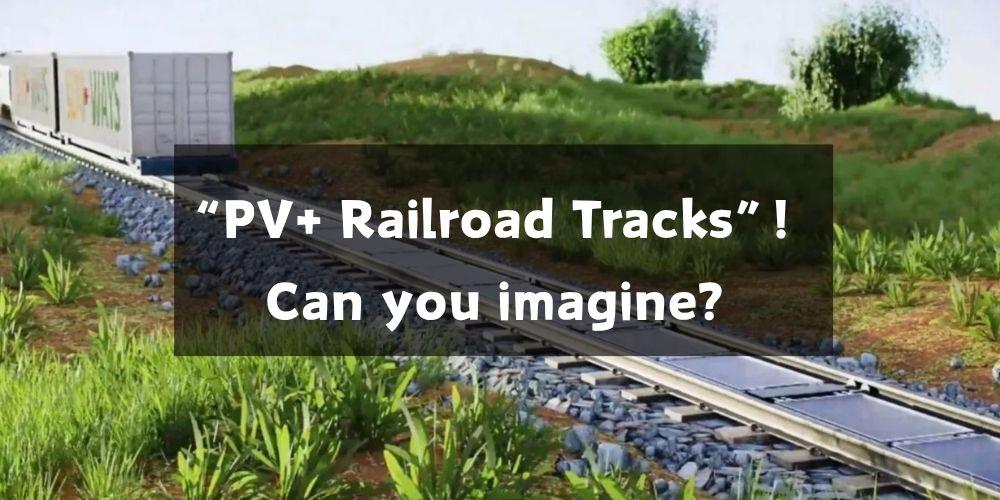
Recently, Swiss startup Sun-Ways officially launched the world's first solar power station for railroads in the presence of representatives of the Swiss Federal Railways (CFF), the Federal Office of Transport (OFT), and local authorities.
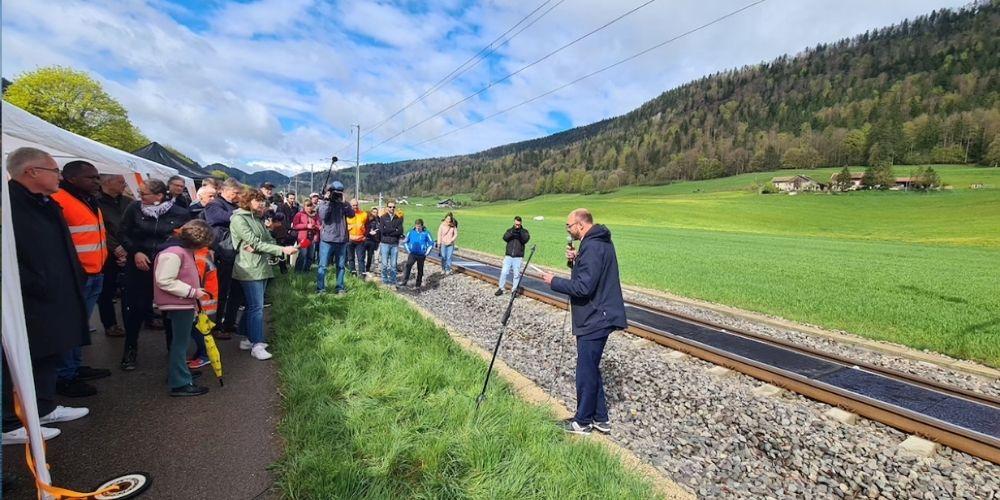
Located in Switzerland's Neuchâtel Mountains, the landmark detachable photovoltaic power station consists of 48 380-watt solar panels covering a linear section of the railroad that is approximately 100 meters long. With a total investment of CHF 585,000 (approx. USD 690,000), the system has a total output of 18 kW and is expected to generate up to 16 MWh (i.e., 16,000 kWh) of electricity annually.
Initially, the project will deliver power to the public grid within a 500-meter radius to supply the surrounding population. “This is just the beginning,” said Joseph Scuderi, Sun-Ways COO, ”We are working with the Valais Electricity Company to build a railroad smart grid that will enable direct solar-powered trains in the future.”
Orbital photovoltaics: a new energy idea for Switzerland
To achieve its energy transition goals, Switzerland plans to boost its solar power generation to nearly 28 TWh by 2035, which means that current solar power generation would need to increase sevenfold. However, land resources for large-scale photovoltaic plants are becoming increasingly scarce across the country. In order to bridge the energy gap, Switzerland is considering developing wind and solar energy in the Alps. However, this region is ecologically rich and has many environmentally sensitive habitats. Therefore, the construction of related projects in these locations has triggered a lot of controversy and has repeatedly been resisted by local residents and environmental organizations.
The emergence of the “photovoltaic railroad tracks” just solves the contradiction between the two sides, can use the unused space between the railroad tracks to install solar panels, which does not affect the operation of the train, but also can effectively utilize the undeveloped resources.
However, Sun-Ways is not the first proposed photovoltaic railroad company. Bankset Energy in the U.K., Deutsche Bahn in Germany, and others have experimented with adding solar cells to railroad sleepers or fixing photovoltaic elements to track sleepers. In 2018, Italian start-up Greenrail Group announced that it had begun deploying its purpose-built photovoltaic railroad track sleeper solution on an Italian rail line.
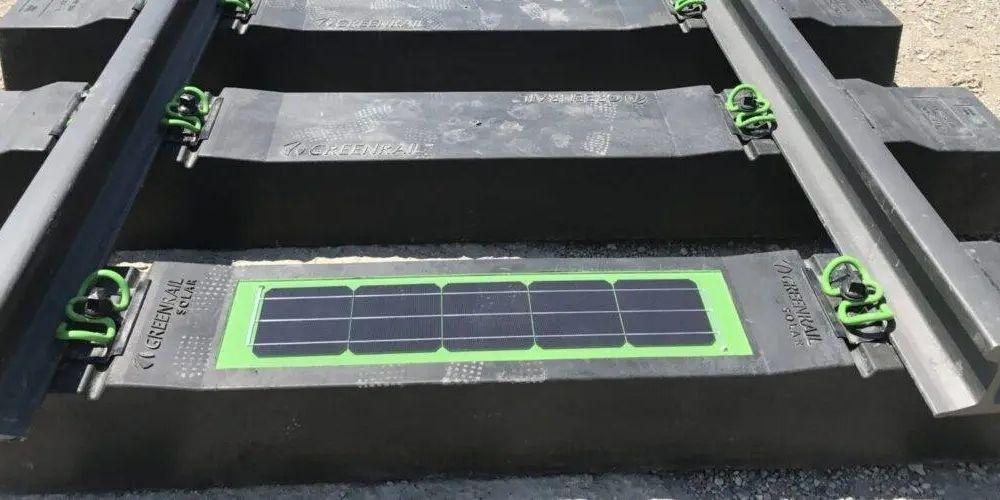
Railway PV Market and Difficulties
Data show that there are more than 1 million square kilometers of unutilized land along the global railroad lines, of which Europe accounts for 260,000 square kilometers.
Taking Switzerland as an example, its 5,000-kilometer railroad network can be installed with about 2.5 million solar panels, which can generate up to 1 TWh of electricity annually, equivalent to the electricity demand of 300,000 households.
The first problem: photoelectricity consumption
In recent years, as the photovoltaic industry expands and large-scale projects are pushed forward one after another, the problem of photovoltaic power consumption has become more and more prominent. Sun-Ways actually gives a good answer. The electricity generated by photovoltaic railroad tracks can be sold to the power grid, the train station, and nearby power consumers. Train stations provide power for trains and charge batteries with the help of photovoltaic power generation; consumers can buy power generated by photovoltaic rails and use it for household loads; in addition, excess power can also be sold to the grid company to gain revenue, which can be achieved by nearby consumption and diversified utilization. As for the excess power in remote areas, it can also be combined with the new flywheel energy storage technology for local storage.
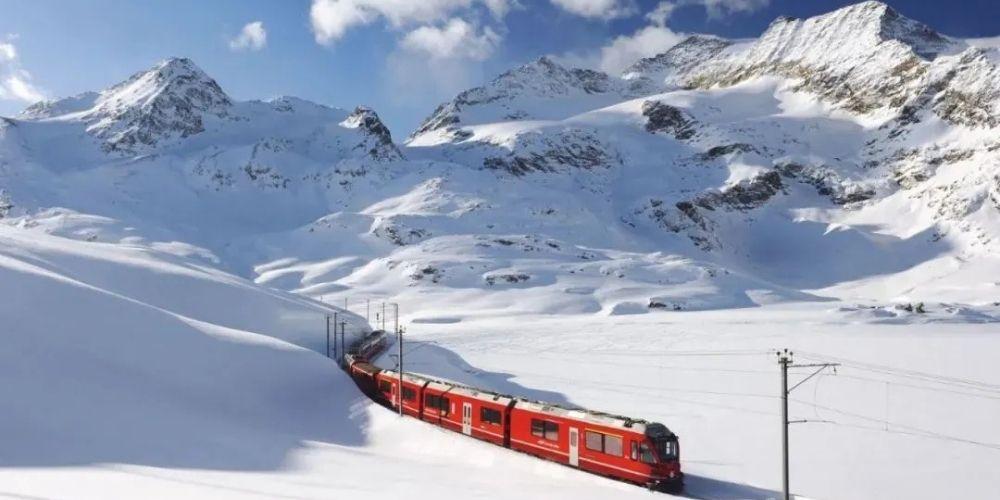
The second problem: high cost
The photovoltaic power generation market can not be widely spread in the world, or limited by the cost, plus photovoltaic railroads in the technology and equipment with special requirements, the cost can be imagined. Sun-Ways did not disclose the cost per megawatt is how much, but it will be in the coverage of Switzerland's western canton of Neuchâtel, a section of the public transport railroad network to carry out a pilot project, the project has been financed with nearly 400,000 Swiss francs. The cost of rail PV could still come down significantly in the future if it can be built on a large scale.
The third problem: cleaning and operation, and maintenance
For the installation of photovoltaic panels on the railroad track this initiative, many people have a skeptical attitude. If a photovoltaic panels have problems, is not the need to repair this piece of railroad track? For this problem, we do not need to worry, the photovoltaic system using modular removable design, this feature brings double advantages: not only to facilitate the railroad maintenance team to carry out track grinding, ballast tamping and other routine maintenance operations, but also to ensure that the solar panels are not damaged in the maintenance process.
In response to the industry's common problem of PV panels accumulating dust, which affects power generation efficiency (a problem that also exists in rooftop and desert power plants), Sun-Ways has innovatively developed a train-integrated cleaning solution - a cylindrical brushing system installed at the rear of the train, which automatically cleans the panels as the train passes, ensuring power generation at minimal cost. Efficiency.
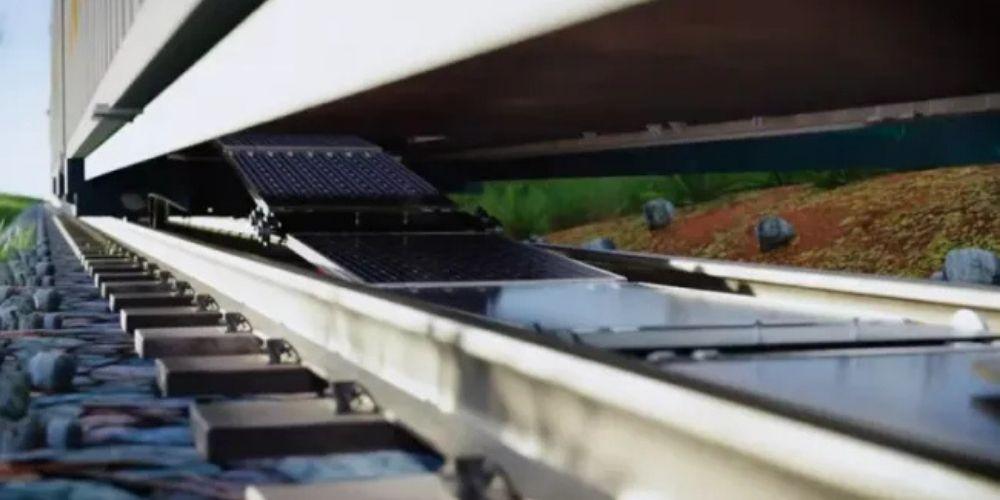
Conclusion
It is reported that the development of the technology has entered the final stage, and if successful in obtaining the operating license, it is expected that hundreds of kilometers of railroad track can be commercially installed and deployed in Europe before 2030. While PV railroads are still a long way from being ready for large-scale deployment, the potential of PV railroads for new energy development has already been demonstrated. And, it is just a wonderful corner of green energy applications in many fields. In the future, with the spread of green energy development and environmental protection trends, renewable energy and mass transportation will produce closer, innovative cooperation.